What is asynchronous learning?
The meaning of asynchronous learning is when you post your teaching material online for your virtual or hybrid students to self-study, which allows them to learn on their own schedule and at their own pace.
What are the benefits of asynchronous learning?
| The benefits of asynchronous learning are:
|
Examples of asynchronous learning activities:
| Some effective examples of asynchronous learning activities are:
|
How to have an asynchronous morning meeting:
If you are teaching remotely or hybrid and are looking for an asynchronous way to deliver your morning meeting messages to your class, then dailymorningmeetings.com is an ideal solution. Every single day, a new morning message will appear for your morning meeting. There is no prep work involved, and you can share your screen with your students and ask them to either discuss the prompt of the day, or write it in their morning meeting journals. There are 6 different themes to choose from each day if you want to mix it up with your students, but the Daily Motivation is always free if you want to start your day with an inspirational quote and prompt! Check out DailyMorningMeetings.com here.
2 enjoyable asynchronous activities for students to complete at their own pace:
If you are looking for two unique and fun asynchronous activities to do with your students during distance, hybrid or in-person learning then check out these 2 resources:
Pick a Path Virtual Escape Rooms:
These are unique virtual escape rooms that have more than one way out! There are multiple paths for students to choose from which gives them ownership of their experience in the game. At each level, there are educational problem-solving games for students to complete before progressing to the next level. As it is asynchronous, students can take their time as they progress through each level. There are differentiated reading options too to suit reading ages from grade 3 to grade 11, so students can take ownership of their level of challenge. Once they make it out and receive their certificate, they can play the game again to read other variations of the story and explore other escape routes!
Students find it really enjoyable, and without realising it, they are practising their reading and comprehension skills in reading the narrative of the story, as well as their skills in literacy, numeracy and problem solving, to progress to each level! Currently, there are two stories available: escape the desert island and lost in space! Keep an eye out for more games coming soon!
Pick a Path Virtual Escape Rooms:
These are unique virtual escape rooms that have more than one way out! There are multiple paths for students to choose from which gives them ownership of their experience in the game. At each level, there are educational problem-solving games for students to complete before progressing to the next level. As it is asynchronous, students can take their time as they progress through each level. There are differentiated reading options too to suit reading ages from grade 3 to grade 11, so students can take ownership of their level of challenge. Once they make it out and receive their certificate, they can play the game again to read other variations of the story and explore other escape routes!
Students find it really enjoyable, and without realising it, they are practising their reading and comprehension skills in reading the narrative of the story, as well as their skills in literacy, numeracy and problem solving, to progress to each level! Currently, there are two stories available: escape the desert island and lost in space! Keep an eye out for more games coming soon!
You can check out the Pick a Path virtual escape room games either from TeachersPayTeachers or shop.TRF.one, below:
Desert Island: TpT or TRF
Lost in Space: TpT or TRF
Desert Island: TpT or TRF
Lost in Space: TpT or TRF
Web-decks.com:
Web decks are web-based, interactive, self-assessing resources, which work exceptionally well for asynchronous learning. Students work their way through the interactive word searches, true or false decks or interactive lessons at their own pace, and receive immediate feedback on their responses whereby no grading is required by you as the teacher! Students can take a screenshot of the final summary slide as evidence of completion and comprehension of the task at hand.
Web decks are web-based, interactive, self-assessing resources, which work exceptionally well for asynchronous learning. Students work their way through the interactive word searches, true or false decks or interactive lessons at their own pace, and receive immediate feedback on their responses whereby no grading is required by you as the teacher! Students can take a screenshot of the final summary slide as evidence of completion and comprehension of the task at hand.
To conclude:
As the landscape of education evolves into a hybrid model, asynchronous learning will continue to become more prevalent even after lockdowns cease. I think it is safe to assume that “snow days” will become a thing of the past as schools have modified distance learning approaches and studying from home. It also means that student attendance can increase, as students can come back to any learning they may have missed due to illness for example, in their own time and place. This is not to say that synchronous face to face learning is in the past, far from it, but I believe asynchronous learning will certainly continue to play a role in hybrid models as this evolves into the future of education.
Get a free week's access:
If you are interested in trying out these resources for free, you can check out the links below for more information:
Get a free week of access to web-decks.com
Get a free week of access to dailymorningmeetings.com
Get a free week of access to web-decks.com
Get a free week of access to dailymorningmeetings.com
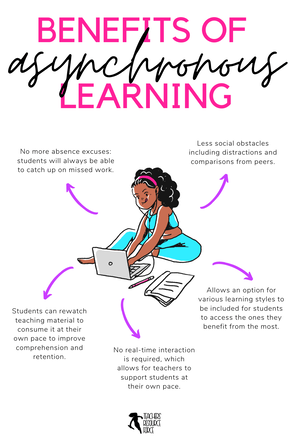

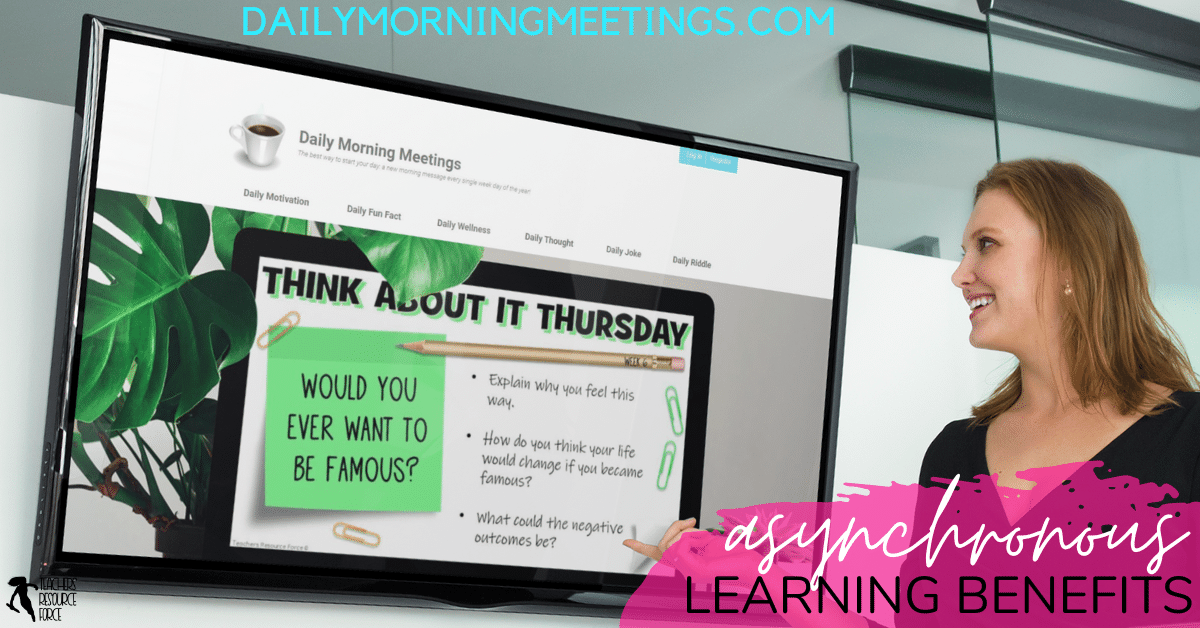


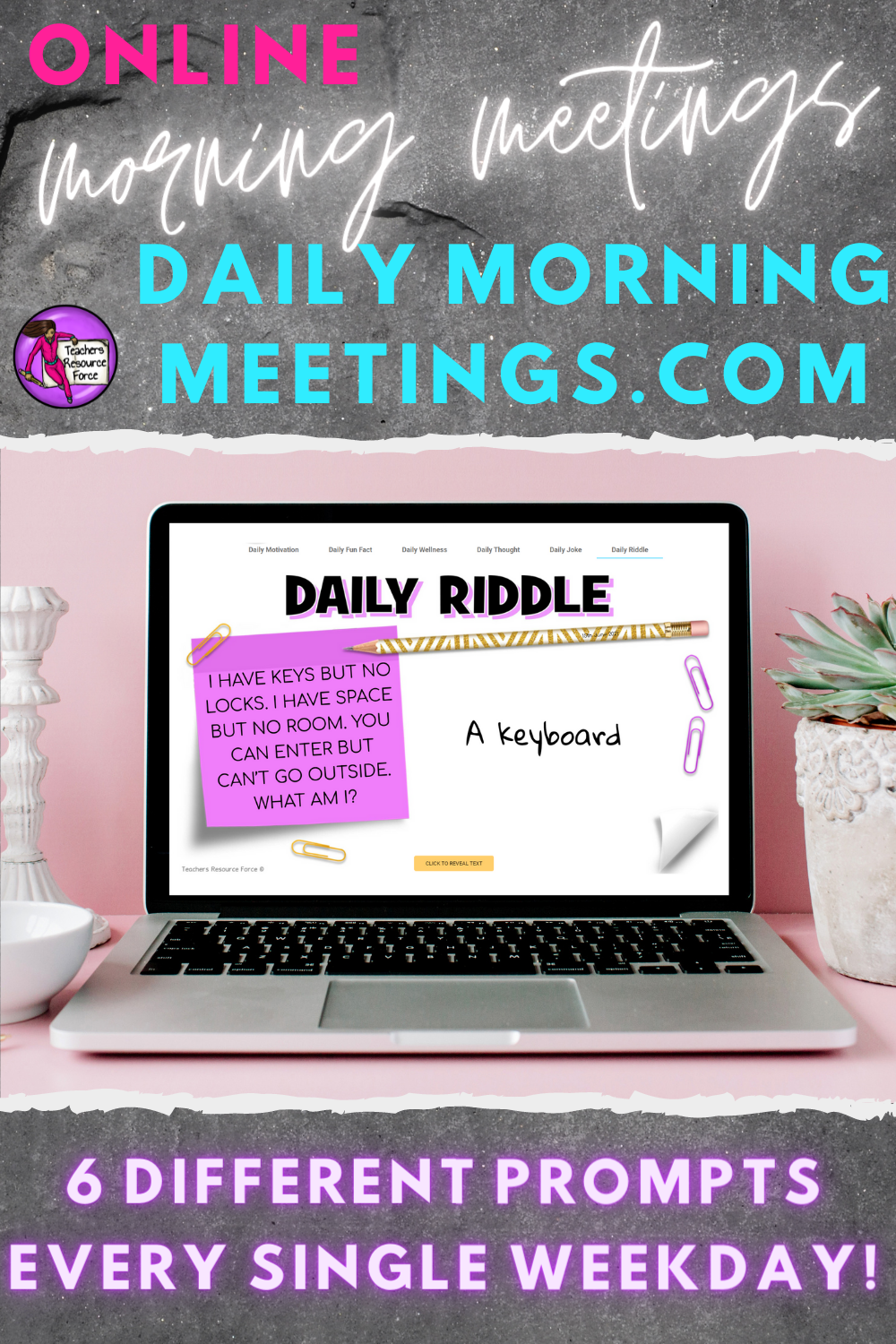

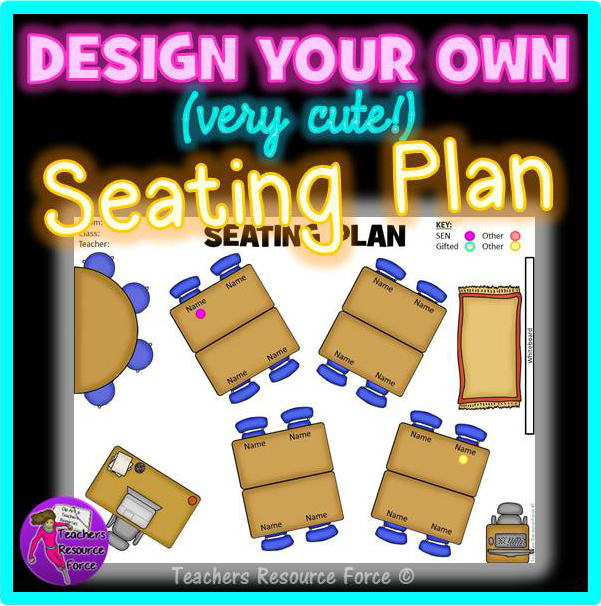

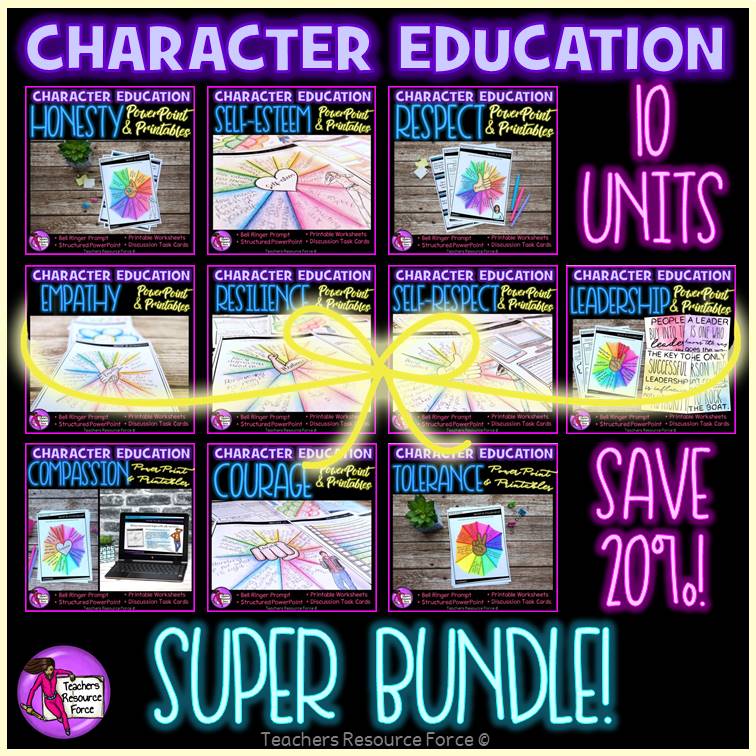

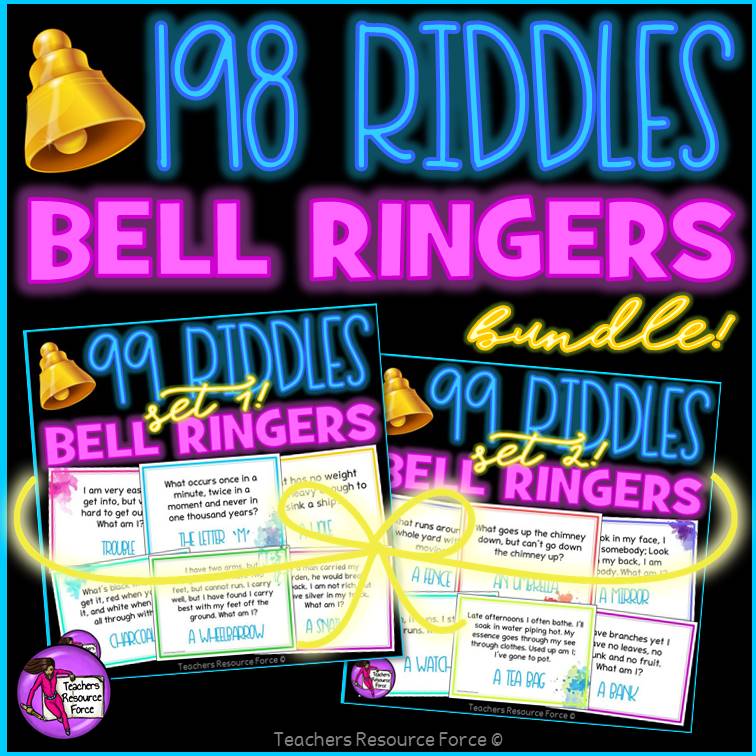









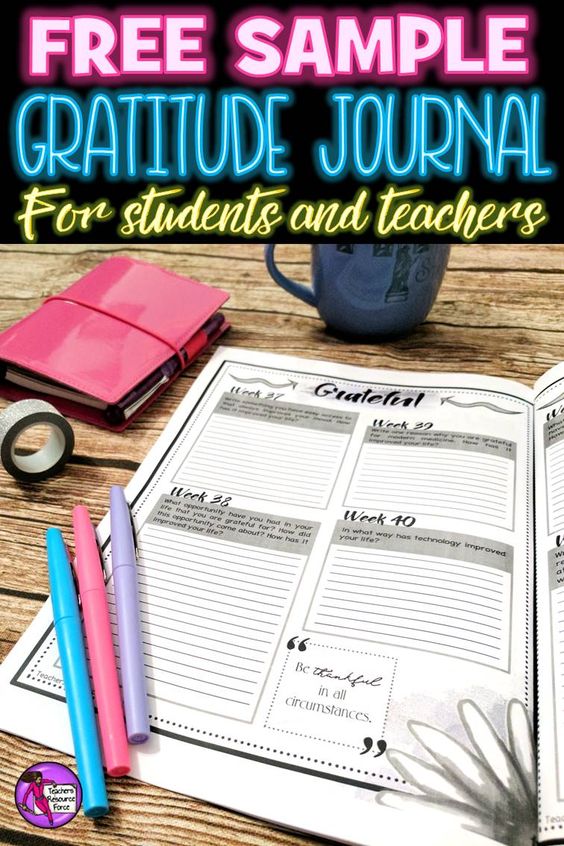






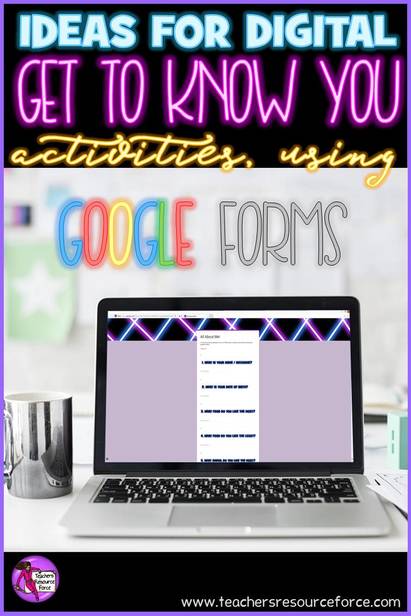
 RSS Feed
RSS Feed



